
From the "elimination of illiteracy" movement to 3 educational reforms
Immediately after the success of the August Revolution and the birth of the Democratic Republic of Vietnam, the country had to face numerous difficulties, "internal and external enemies", economic exhaustion, and more than 90% of the population was illiterate. Therefore, the top urgent task set by the Government was to "eradicate illiteracy", vigorously implementing the Popular Education Movement, making learning the National Language a compulsory and free obligation for all people.
At the same time, a completely new education system was formed, based on three core principles: nationalization (using Vietnamese as the main language), scientificization (opposing dogmatic learning) and popularization (serving the majority of people).
The period from 1945 to 1954 was a special and challenging period in the nation's history. As the resistance war spread, education underwent a strong transformation, becoming a real front with the motto "Learning to resist". The pinnacle of this transformation was the Comprehensive Education Reform in 1950 aimed at building a new, unified and interconnected education system, directly serving the war and the future nation-building process. The reform replaced the 12-year general education system with a more concise 9-year system, and at the same time rebuilt the entire curriculum and textbooks in a practical, scientific and nationalistic direction.
In the period of 1954 - 1975, the Party and the State considered education an important front closely linked to the revolutionary cause. The prominent policy was demonstrated through the 1956 Education Reform, establishing a 10-year general education system with a comprehensive education program, combining theory with practice, building a complete national education system, from kindergarten to university, expanding the network to communes. The teaching staff was trained more systematically. New textbooks were compiled. Universities developed rapidly, from 5 schools (1959 - 1960) to 17 schools (1964 - 1965), many cadres were trained in the Soviet Union and socialist countries, preparing human resources for the country's post-war reconstruction.
The most outstanding achievement of education during this period was that the North had basically eliminated illiteracy. By 1958, 93.4% of the population aged 12-50 in the plains and midlands could read and write. This was the basis for improving the people's knowledge and developing the country's culture and economy. Tens of thousands of cadres, intellectuals, engineers, doctors, and teachers were trained, becoming the key force in building the North and supporting the South. In the South, in the liberated areas, revolutionary education proved its flexibility and persistence, building a network of democratic schools, training cadres to serve the resistance, printing and distributing millions of copies of textbooks.
After the country's reunification, the period 1975 - 1986 was a special historical period, marking the extraordinary efforts of the Vietnamese education sector. Resolution 14-NQ/TW (January 1979) on Education Reform is considered the most important legal document, officially launching the third Education Reform.
This Resolution is a “long-term educational reform platform”, setting out core goals and solutions: Building a 12-year general education system nationwide, eliminating the difference between the 10-year system in the North and the 12-year system in the South; Compiling a unified curriculum and textbooks nationwide in a modern, practical spirit, closely combining Natural Sciences and Social Sciences; Emphasizing the principle of “Learning goes hand in hand with practice, education combined with productive labor”, strengthening comprehensive technical education and career guidance for students; The training goal is to build a new socialist human being with full intellectual, moral, physical and aesthetic qualities.
During this period, the sector has successfully completed its historic mission of unifying the national education system, contributing to strengthening national unity. However, difficulties in quality and resources require a more comprehensive reform, not only in education but also in the socio-economic field, paving the way for the next stage of development of the country.
During the period 1986-2000, along with the country's renovation, the education sector has made efforts to overcome the crisis, recover and develop, and achieve great achievements. Despite limitations and difficulties, the achievements in expanding scale, perfecting institutions, promoting socialization, diversifying types, and international integration have created a solid foundation for the Vietnamese education sector to continue to carry out more comprehensive reforms.

Creating a comprehensive, innovative, and adaptive education
Entering the 21st century, Vietnamese education has constantly innovated, proactively and flexibly made many breakthroughs, creating a comprehensive education, ready to adapt to the development of the times.
Resolution 29-NQ/TW on Comprehensive and Fundamental Innovation in Education and Training has determined to shift the mindset from equipping knowledge to developing learners' capacity, focusing on training future generations to make Vietnam a strong country in English and Information Technology, opening a new path, a long-term development direction for the country.
The guiding documents of the Party and the State during this period formed a consistent, inherited and continuously developing ideological system. This system was shaped by profound philosophical changes: from a centralized management mechanism and the main resources of the state budget to a socialized education system; from knowledge-providing education to comprehensive development of learners' capacity and qualities; from simple application of information technology to comprehensive digital transformation... These policies not only affirm the view that "Education is the top national policy" but also aim to build a humane, modern education system, ensuring fairness and proactive international integration.
According to the Ministry of Education and Training, over the past 25 years, Vietnam's education has expanded rapidly at all levels, the education system has formed a synchronous network from preschool to postgraduate, diversified in types, approaching regional and international standards.
Preschool education was universalized for 5-year-old children in 2017, with nearly 99% of children attending school. In general, universal primary education was firmly maintained, lower secondary education was completed nationwide and many localities have universalized upper secondary education; the rate of students attending school at the right age increased, and the dropout rate decreased significantly. The implementation of the 2018 General Education Program has completed the first cycle.
Vocational education has developed strongly, by 2020, about 70% of workers who have received vocational training will be granted certificates. In higher education, the number of students per 10,000 people increased from 117 (2000) to over 200 (2010) and continued to increase in the period 2020 - 2025. Many schools are autonomous, linked to the labor market, carry out quality accreditation and have many programs that meet regional and international standards.
Educational equity has been improved thanks to policies to support students from poor, disadvantaged areas, and ethnic minorities, helping to increase enrollment rates of disadvantaged groups. The digital transformation process after the COVID-19 pandemic has promoted the construction of digital learning resources, online teaching, and modern administration, laying the foundation for Vietnam's digital education ecosystem.
Currently, in the context of profound and comprehensive changes in the world, especially digital technology and artificial intelligence are reshaping education on a global scale, each country must define a new vision and strategy for the future education system.
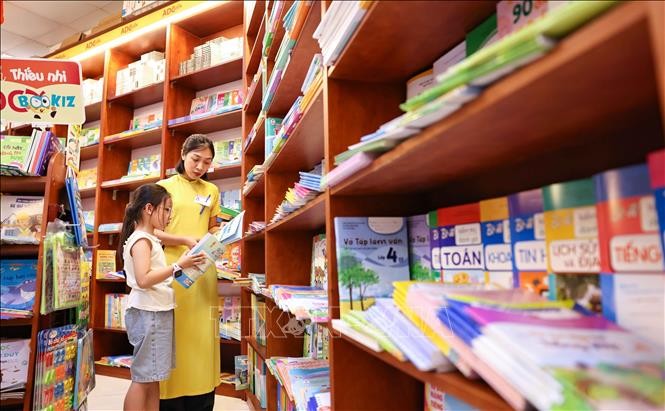
Our country is facing a historic opportunity for breakthrough development, the requirement of building people and human resources is very important and urgent. Therefore, on August 22, 2025, General Secretary To Lam signed and issued Resolution No. 71-NQ/TW of the Politburo on breakthrough development of education and training.
The resolution sets the target of building a network of basic schools to meet the learning needs of students of all subjects and regions by 2030; at least 80% of general schools will meet national standards. Complete universal preschool education for children aged 3 to 5 and compulsory education through lower secondary school; at least 85% of people of the right age will complete upper secondary school or equivalent, with no province or city achieving less than 60%. The education index contributing to the human development index (HDI) will reach over 0.8, in which the education inequality index will fall below 10%.
In addition, strive for 100% of university education facilities and at least 80% of vocational education facilities to meet national standards, 20% of facilities to be invested in modern standards equivalent to those of developed countries in Asia. The rate of workers with college or university degrees or higher reaches 24%. The rate of people studying basic sciences, engineering and technology reaches at least 35%.
Elevate higher education institutions to become truly national and regional centers of research, innovation, and entrepreneurship. Strive for at least 8 higher education institutions to be among the top 200 universities in Asia, and at least 1 higher education institution to be among the top 100 universities in the world in a number of fields.
By 2035, our country aims to complete universal high school education and equivalent; the education index contributing to the HDI index will reach over 0.85; and strive for at least 2 higher education institutions to be among the top 100 universities in the world in a number of fields.
By 2045, Vietnam will have a modern, equitable and high-quality national education system, ranked among the top 20 countries in the world; strive to have at least 5 higher education institutions among the top 100 universities in the world in a number of fields according to prestigious international rankings.
In his letter to students on the first school opening day of the Democratic Republic of Vietnam (September 15, 1945), President Ho Chi Minh wrote: "Whether Vietnam's mountains and rivers become beautiful or not, whether the Vietnamese people can step up to the stage of glory to stand shoulder to shoulder with the world powers or not, depends largely on your studies."
After 80 years, the new Resolution on breakthrough in education and training development is expected to become a major milestone in the journey of creating the future, turning high-quality human resources, scientific and technological talents into the driving force and core competitive advantage, bringing the country firmly into a new era.
Source: https://baolaocai.vn/nhung-cuoc-cai-cach-lon-kien-tao-nen-giao-duc-phat-trien-toan-dien-post880691.html




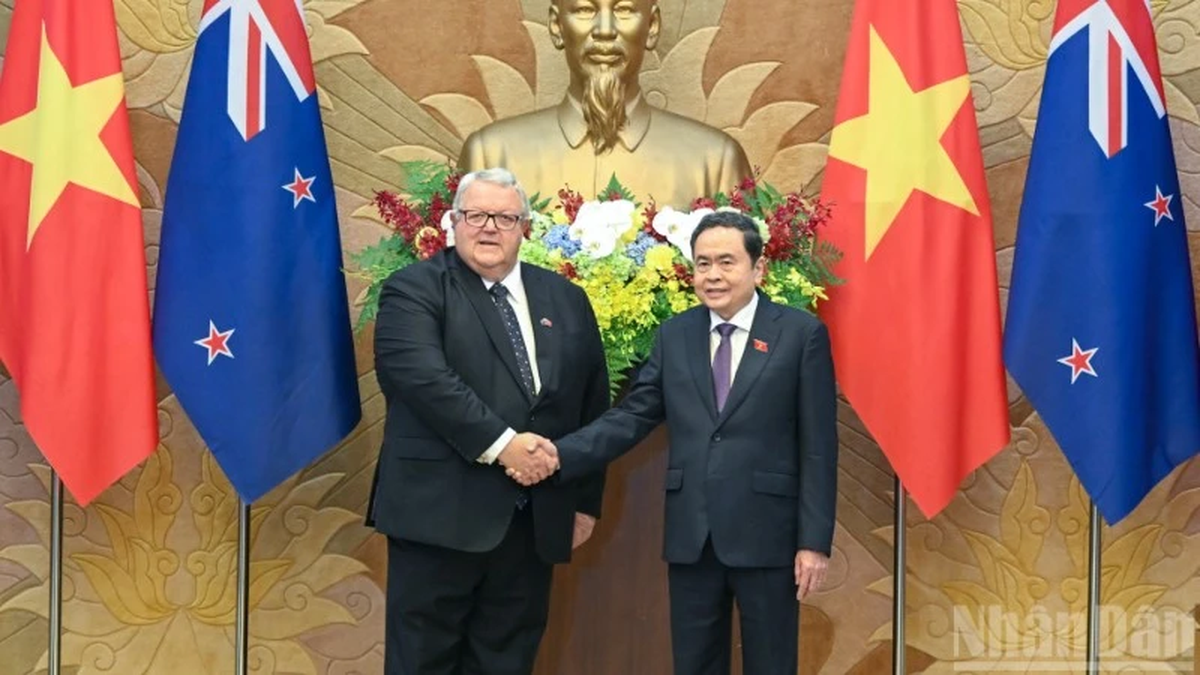
![[Photo] National Assembly Chairman Tran Thanh Man holds talks with New Zealand Parliament Chairman](https://vphoto.vietnam.vn/thumb/1200x675/vietnam/resource/IMAGE/2025/8/28/c90fcbe09a1d4a028b7623ae366b741d)
![[Photo] General Secretary To Lam attends the opening ceremony of the National Achievements Exhibition](https://vphoto.vietnam.vn/thumb/1200x675/vietnam/resource/IMAGE/2025/8/28/d371751d37634474bb3d91c6f701be7f)
![[Photo] Politburo works with the Standing Committee of Cao Bang Provincial Party Committee and Hue City Party Committee](https://vphoto.vietnam.vn/thumb/1200x675/vietnam/resource/IMAGE/2025/8/28/fee8a847b1ff45188749eb0299c512b2)
![[Photo] Red flag with yellow star flutters in France on National Day September 2](https://vphoto.vietnam.vn/thumb/1200x675/vietnam/resource/IMAGE/2025/8/28/f6fc12215220488bb859230b86b9cc12)
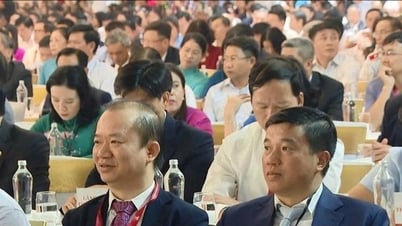

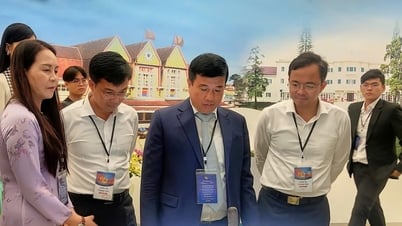


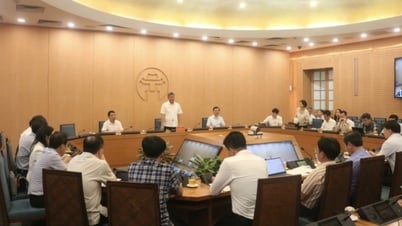

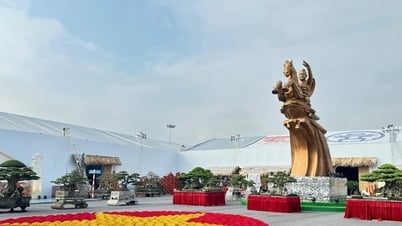






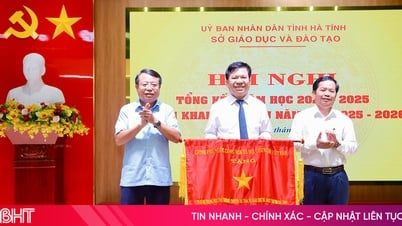

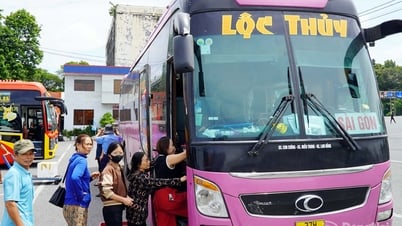

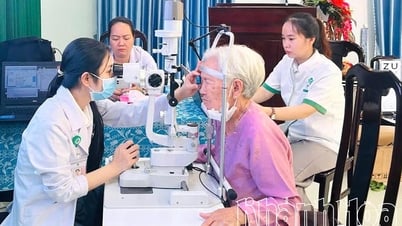

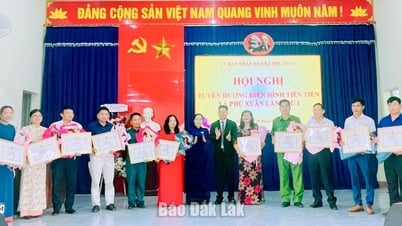





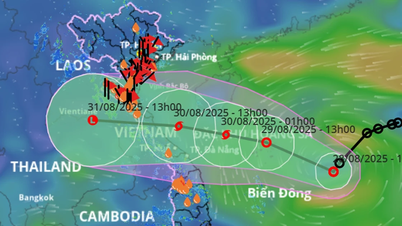
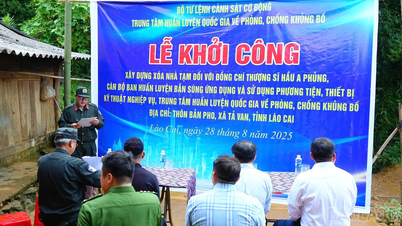

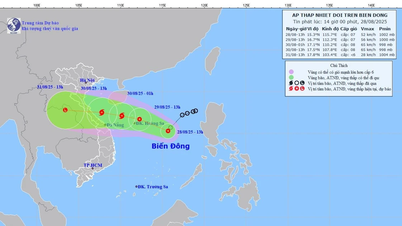
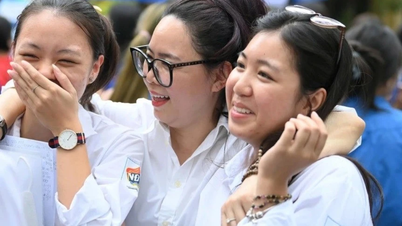
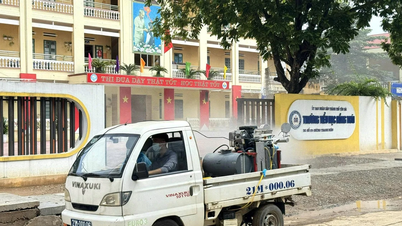






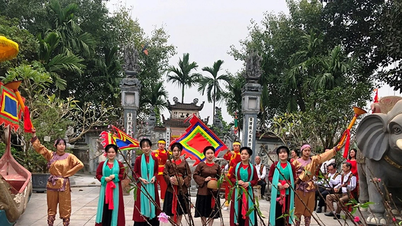







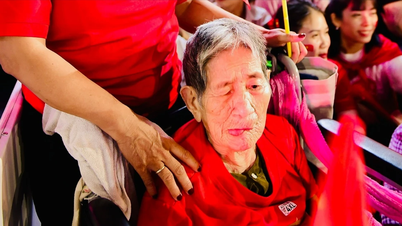

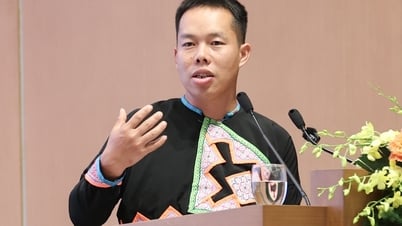

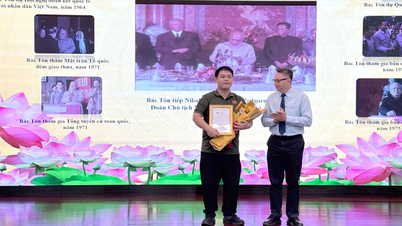

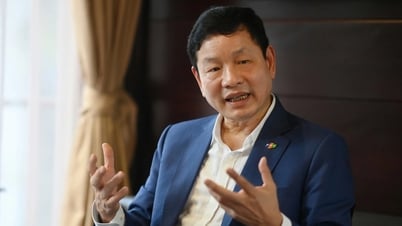

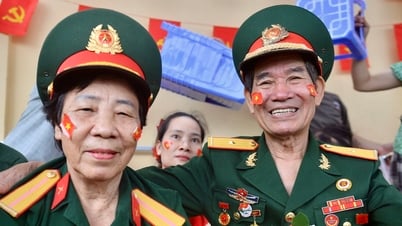


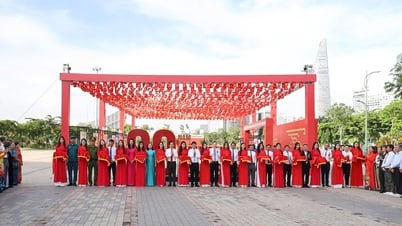
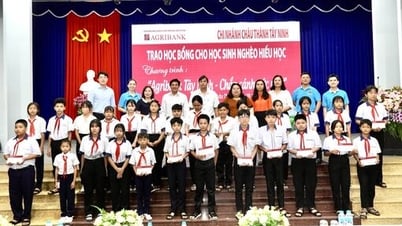



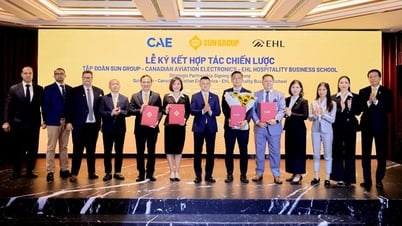
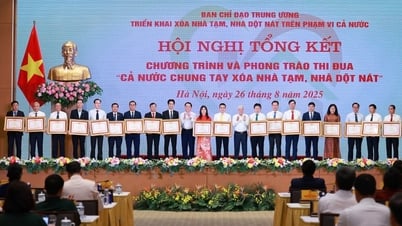

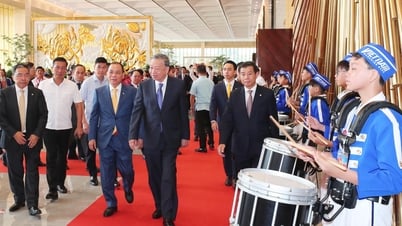


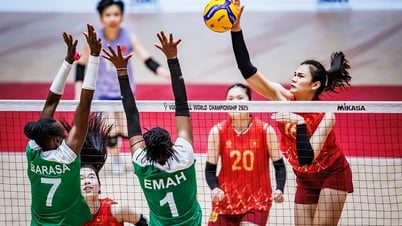

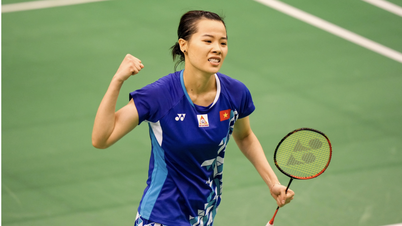







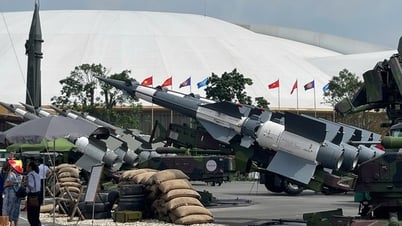

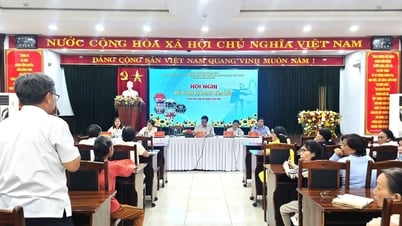

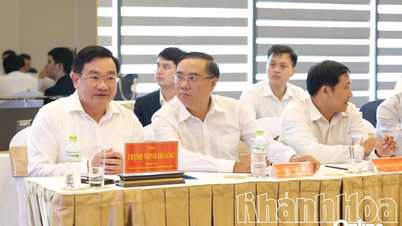
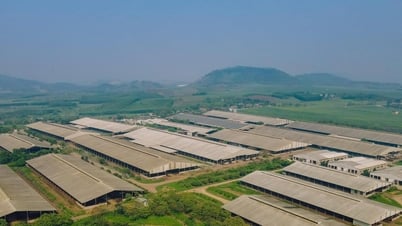

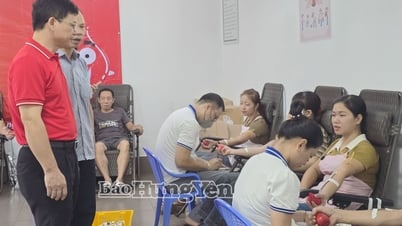





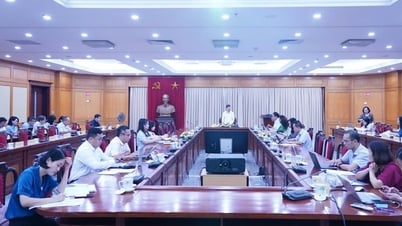


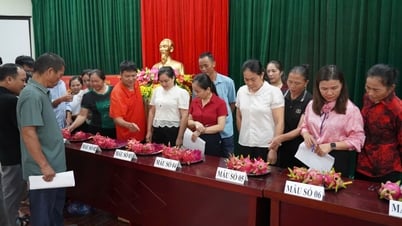




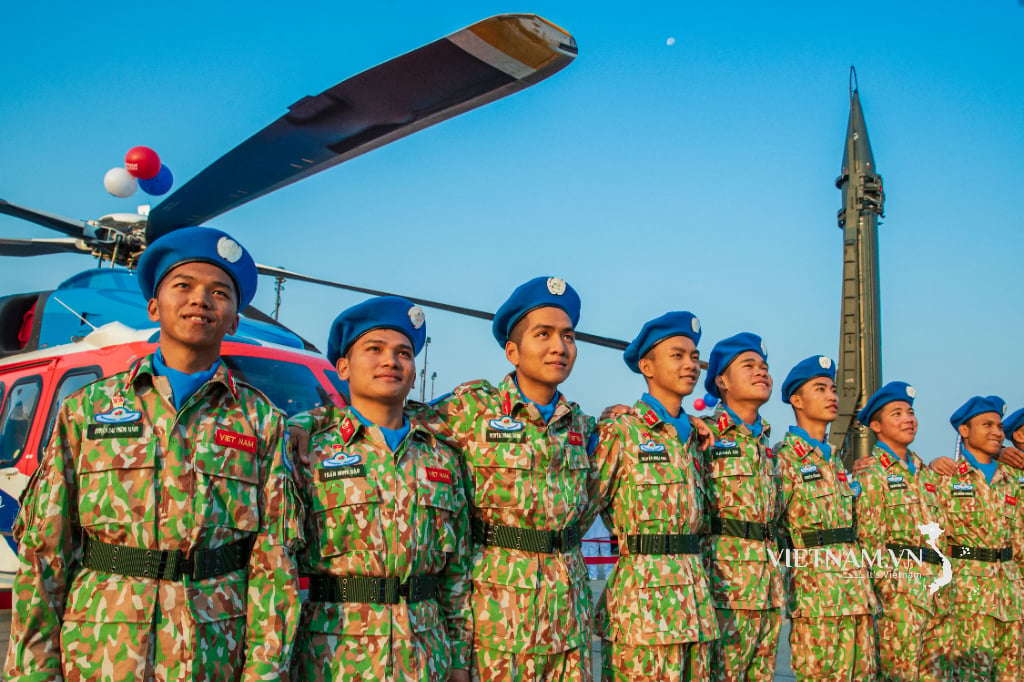



Comment (0)